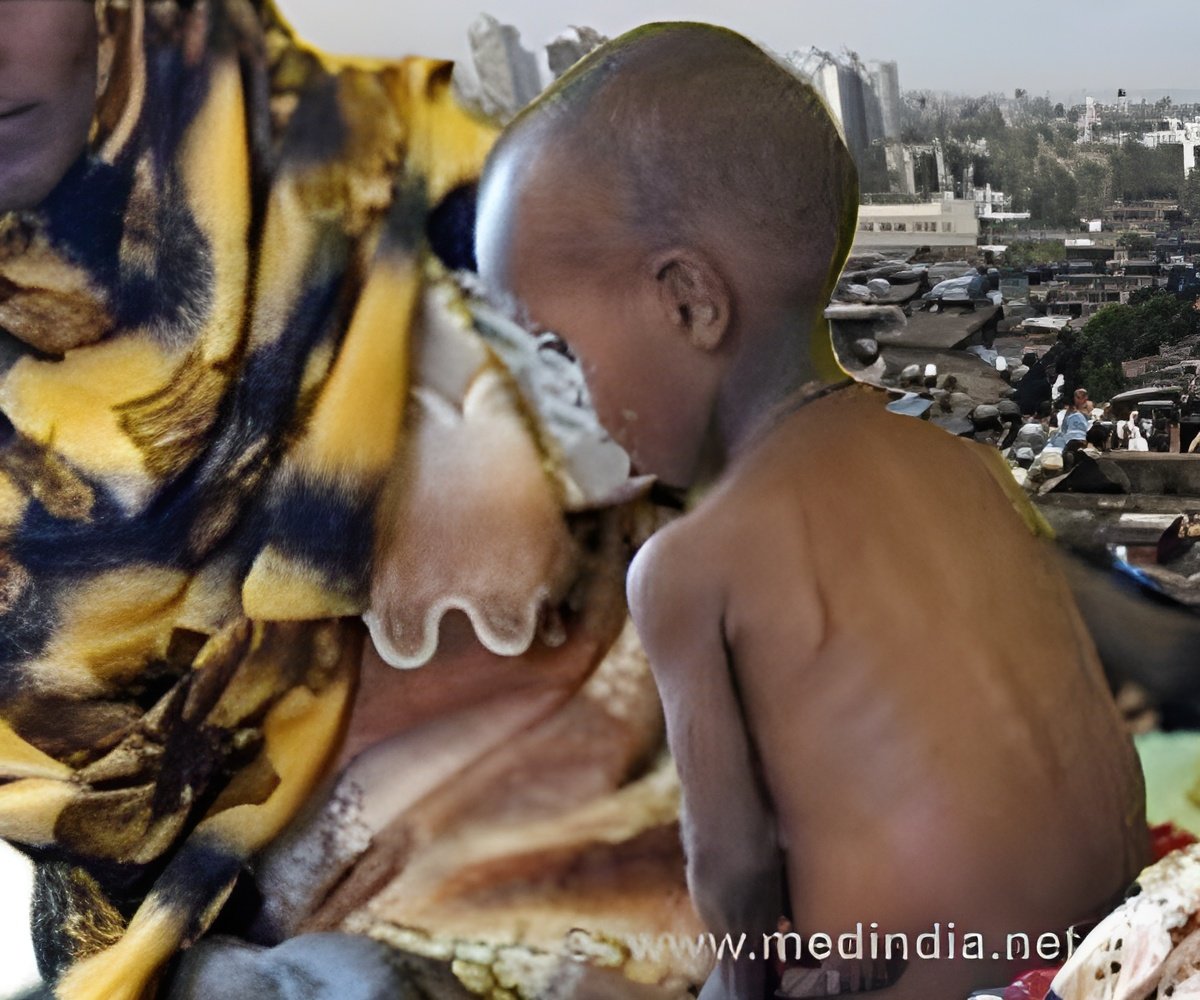About 40% of children hospitalized for severe acute malnutrition do not survive, according to a new study.

- Presence of HIV infection, diarrhea, pneumonia, shock, lack of appetite and low weight-to-height ratio raises the risk of mortality among these children, with some studies reporting mortality rates of to up to 40%.
- Children with low weight-to-height ratio at hospital admission are at highest risk of mortality.
- Early identification of prognostic factors, alongside risk stratification at hospital admission, may reduce mortality.
- Better understanding of the underlying pathology of severe acute malnutrition may lead to new treatments to improve recovery.
In particular, children with severe acute malnutrition, the most serious form of malnutrition, are at highest risk. In fact, some studies report that up to 40% of children hospitalized for severe acute malnutrition do not survive.
‘An estimated 15.7% of children hospitalized for severe acute malnutrition die before they are discharged.’





Published in The American Journal of Clinical Nutrition, the premiere journal of the American Society for Nutrition, "Predictors of Inpatient Mortality among Children Hospitalized for Severe Acute Malnutrition: A Systematic Review and Meta-analysis" delved deeper beyond the statistics to find out why so many children hospitalized for severe acute malnutrition die. In particular, the authors sought to determine whether there were additional independent factors that raised the risk of mortality among children afflicted with severe acute malnutrition, with the goal of helping health care providers identify and triage patients at highest risk.
Dr. Radhini Karunaratne, Pediatrician at Northwick Park Hospital, and one of the review's lead authors, added, "the hard reality of persistent high mortality rates on malnutrition wards, along with the challenges of managing critically unwell children with complicated severe acute malnutrition in resource limited settings, inspired me to further explore what is known about the predictors of mortality among this population."
To conduct their research, the authors of this scientific review performed a comprehensive search of the scientific literature, leading them to 28 studies that met their criteria. Nineteen of those studies looked at all children with severe acute malnutrition; nine additional studies were more narrowly focused on specific subgroups of children with severe acute malnutrition. The 19 main studies were conducted in eight countries across Sub-Saharan Africa, with an average of 400 children per study.
After conducting their research, the authors found six independent predictors of inpatient mortality among children with severe acute malnutrition: HIV infection, diarrhea, pneumonia, shock, lack of appetite, and low weight-to-height ratio. In particular, most studies that the authors reviewed found that children with lower weight-to-height ratio at hospital admission were at highest risk of mortality.
Advertisement
The relationship between mortality and other factors was less clear. For example, the effect of edema was mixed across studies. Some found that the presence of edema increased the risk of mortality among children with severe acute malnutrition, whereas others found no association.
Advertisement
Source-Eurekalert










